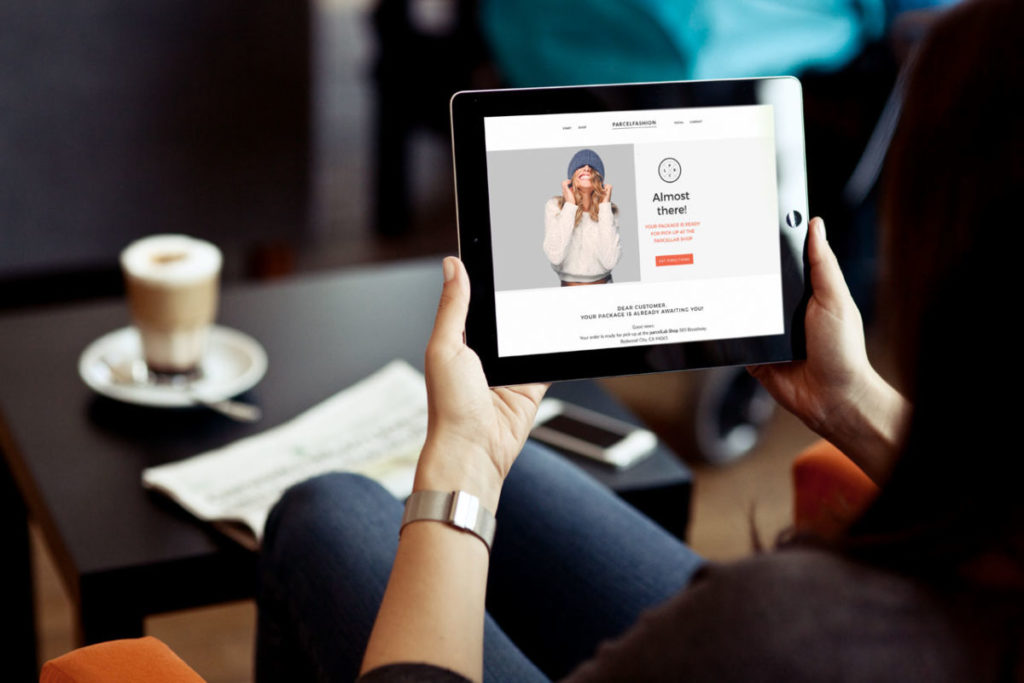
Psst. Want to hear a secret? What if I told you that there’s a way to achieve marketing performance metrics upwards of 80% – and one that doesn’t have anything to do with Artificial Intelligence (AI), Augmented/Virtual Reality, Chatbots, Programmatic or any of the other new tech buzzwords we’ve been promised will revolutionise marketing in the future.
The answer isn’t rocket science; it’s email. While it might not be the sexiest tool in a marketer’s toolkit, one of the earliest forms of online marketing still has the power to be one of the most effective – if utilised in the right way.
I’m not talking about your generic weekly email marketing blast. I’m talking specifically about the emails a customer receives with shipping and delivery updates on the order they have just placed in your online store. While at first it might not seem an obvious place for marketing communications, it is in fact a key stage in the customer journey where consumers are highly engaged.
Don’t believe me? Take a look at some of these recent stats*. At this crucial stage in the customer’s purchase journey, the unique open rate for ‘dispatch confirmation’ is 57% but even more interestingly, the unique open rate for ‘out for delivery’ emails is 82%. That means that customers are keen to keep up-to-date with the status of their order. Here are some more stats to get you thinking – email updates on delays (71%), failed delivery attempts (60%), pick up ready (58%) and return warnings (67%) are also pretty high.
So why then are marketers missing out on such a huge opportunity to maintain a continued dialogue with their customers and keep them engaged with the brand throughout the entire purchase journey? Instead they are handing this key part of the customer journey post-checkout over to their logistics partner and eliminating all control over what their customer sees – which could be detrimental to that relationship if mistakes happen.
For example, did you know that 99% of the UK’s top fashion retailers** stop marketing to their customers as soon as they have made an online purchase? And that 93% end communication with their customers immediately after they have checked out? This is a prime stage in the customer journey yet still an untapped marketing channel.

For too long now marketers have been focused on the customer acquisition stage but when it comes to retaining that customer, customer centricity goes out the window. This is particularly true in online retail, where the sudden growth in e-commerce has caused a rush to acquire customers by making the browsing and buying journey as smooth as possible. The same effort has not been put into building loyalty in order to retain long-term customers.
Assuming control of the post-purchase communications process from the courier means that brands and online retailers can be more attentive and pro-active during shipping, keeping their customers better informed and in doing so increasing the number of touchpoints.
Doing this will allow for each message to be branded in terms of look and tone, reinforcing brand awareness. Brands can also add value by supplementing delivery updates with useful advice and information related to a customer’s purchase, ranging from video tutorials to further product recommendations, rewards and even Instagram or other social media feeds to drive further engagement.
Above all, these marketing communications should be personalised – and data enables us to do this much more effectively. Today’s consumers not only value personalisation, they expect it. And you don’t need the big budgets that the likes of Amazon, Cadbury’s, Coca-Cola, and Starbucks have invested – and done so successfully – into personalised marketing campaigns. Personalised offers can easily be included in shipping and returns messages, together with suggestions for complementary purchases, turning the post-purchase phase into a prime marketing opportunity.
When you consider that post-purchase emails achieve on average 60% to 70% opening rates, it’s clear that marketers are missing out on an untapped digital marketing channel. The stage is already set; all you need are a few extra props to take back control and actively engage with consumers during the post-purchase phase to ensure that they come back again.
Email: It’s the oldest – but potentially the most effective – trick in the book.
By Conor McGrath, Head of UK Clients at post-purchase experts parcelLab

You must be logged in to post a comment Login